 |
 |
 |
| Robert Brummel William Haines |
Roxana Hartley Irene Purcell |
George Hampton C. Aubrey Smith |
| Released by MGM | Directed by Jack Conway Run time: 65 minutes |
||
Proof That It’s a Pre-Code Film
- “My husband!”
- Roxana talks about a sex book that she’s read. Her aunt moans, “I didn’t mean her to be quite so modern, but she just turned out that way.”
- There are a number of times people overhear conversations that they think are dirty. “Sway your hips. Closer! Closer still!”
- “Horrid wriggling, shameless as a snake!”
- “You like sensations, don’t you?”
- “A girl can’t tell the truth to every man who makes love to her, can she?”
Just a Gigolo: That Old Routine
“Hahaha! ‘That’s not a man, that’s a gigolo.’ Ha!”
“By the end of the month, dear uncle, she’ll learn that the gigolo is also a man!”
I’m sick of virgins. I guess that’s my discovery from Just a Gigolo, another comedy where a man of the world is brought down to marriage by a perfectly nice girl. She has to pretend that she’s been around to satisfy her own ego and frustrate the main character’s, as well as give the film a third act; at least when Norma Shearer went worldly, there was no denying she’d gone all the way– and maybe a bit further just for fun.
William Haines, one of those stars I’m really desperately trying not to be irritated by, plays a smooth talking British lord who gets into a few scrapes with married ladies and hasn’t a penny to his name. C. Aubrey Smith plays his irritated uncle, ranting on and about young jackanapes and their darned ways. Smith promises to pay down Haines’ debts if he agrees to marry his friend’s daughter, Roxana (Purcell). Haines sneers and makes a bet with his uncle: if he can prove the girl ain’t as pure as the driven snow, the deal is off and he gets the money. If she’s a saint, he’ll marry her.
The movie takes potshots at its own premise– “Men are all the same way. They want to try every woman in the world for themselves. But their wives? That is a dog of a different color!” — but it can’t escape the formula. Because even if Irene gives Haines a bit of a lead on, she’s still ‘acceptable’. And when Haines suspects that she isn’t as pure, he’s ready to bolt for the nearest door. It isn’t quite romantic.
Irene Purcell is a quirky heroine, just sly and playful enough that you’re left wondering whether there’s much of a put on going on or not. There’s some cute moments, in the film– frankly, I really enjoyed one scene where Haines indicates displeasure by eating the shit out of some celery. He’s a bit better here than in some of his other talkies I’ve seen; he’s not a motormouth, which helps, and his smarm seems to be a character trait rather than gratingly incidental. MGM just couldn’t find the right roles for him, relying on his popularity over his strengths, and this is just par for the course.
Like other Haines talkies, there’s not much of a feeling of life to it. The movie’s most intriguing moment is its ending, where Haines and Purcell finally embrace in reconciliation inside of a running shower stall. Is that the first time that happens on film? I’ll ponder that a lot longer than I’ll think of most anything else of this film.
Gallery
Click to enlarge. All of my images are taken by me– please feel free to reuse with credit!
Trivia & Links
- Unrelated to the 1978 film Just a Gigolo with David Bowie, which also featured Marlene Dietrich in her last screen role.
- The sexual nature of the film lead to some censorship issues. Here’re details from AFI:
According to censorship material in the MPAA/PCA Collection at the AMPAS Library, in March 1931 the Hays Office warned M-G-M that it was troubled by the too plainly stated intentions of “Lord Brummel” in a scene in which he says that he plans to seduce “Roxana” within a month’s time. The Hays Office told M-G-M production chief Irving Thalberg that “the case is too bluntly stated and that it should be so phrased as to permit two interpretations; that is, the scene should be so worded as to allow the sophisticated to grasp the present meaning, while to all others it will simply mean that Robert is going to put Roxy under observation for a month to find out whether or not she is really all her uncle says she is.” The office also recommended many other changes in the script, including the removal of a scene showing “Roxana” changing from her dress into pajamas; dialogue suggesting an improper act at a dentist office visit; and “the shot of a cherub on the fountain, ‘using nature’s method of adding to the water fountain.'”
Two weeks prior to the release of the film, Col. Jason S. Joy of the Hays Office wrote “I have seen Dancing Partner and am not able to determine whether it is good or bad. If it is thought of as light frothy fun, it is all right but if it is thought of as a serious problem, it is bad.” The MPAA/PCA files also indicate that the film was rejected by censor boards in Ireland, Nova Scotia and British Columbia, which rejected the film because of the “light treatment of immoral sex subjects.”
- Haines, who would soon retire from the screen as his open homosexuality chuffed MGM, did the set decoration for this movie. As TCMDB notes, this was a bit of foreshadowing for his life:
He became one of the world’s top interior decorators and was commissioned for work by Hollywood friends like Carole Lombard, Jack Warner, Claudette Colbert and William Powell, and eventually high society figures like the Bloomingdales. His career triumph was when he was asked to remake the American Ambassador’s residence in London. Haines’ relationship with [partner Jimmie] Shields was likewise a success for almost fifty years. Following his death in 1973, Shields, unable to face life without his partner, followed him three months later. Joan Crawford once referred to them as “the happiest married couple in Hollywood.”
Awards, Accolades & Availability
- This film is an obscure one. It popped up on TCM recently; good luck finding it!
More Pre-Code to Explore




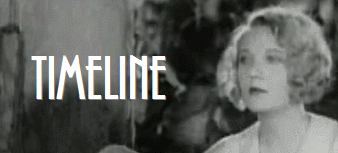


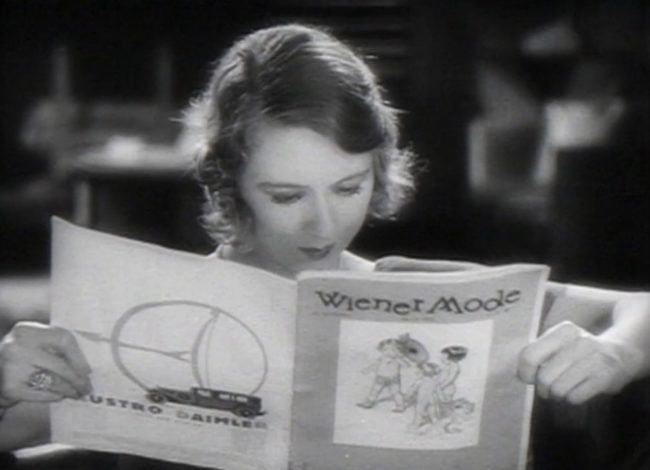
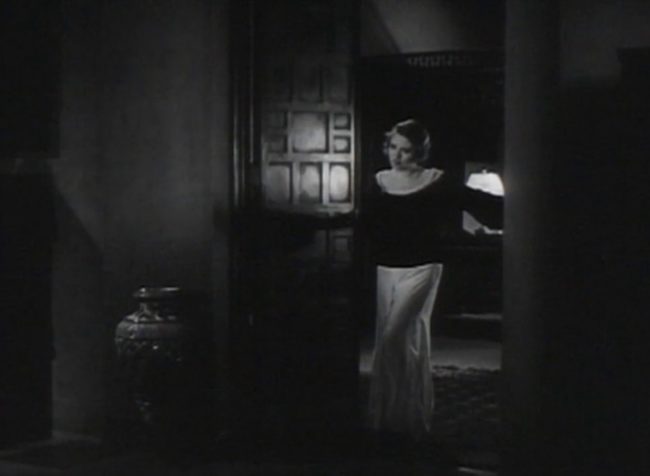



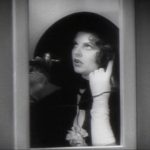








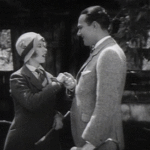
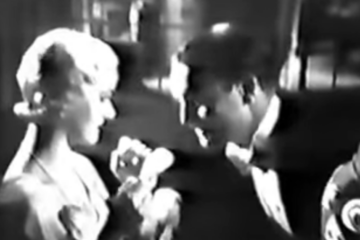
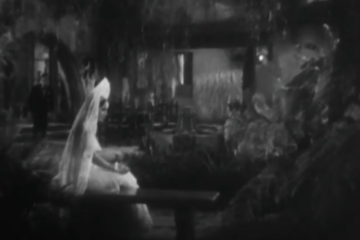
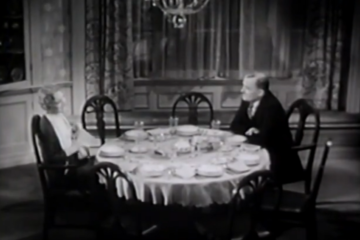
1 Comment
Alan Douglas · June 9, 2017 at 1:02 pm
The Life of William Haines. A closeted male at MGM
https://www.amazon.com/Wisecracker-William-Haines-Hollywoods-Openly/dp/0670871559/ref=sr_1_1?ie=UTF8&qid=1496338928&sr=8-1&keywords=billy+haines
Comments are closed.